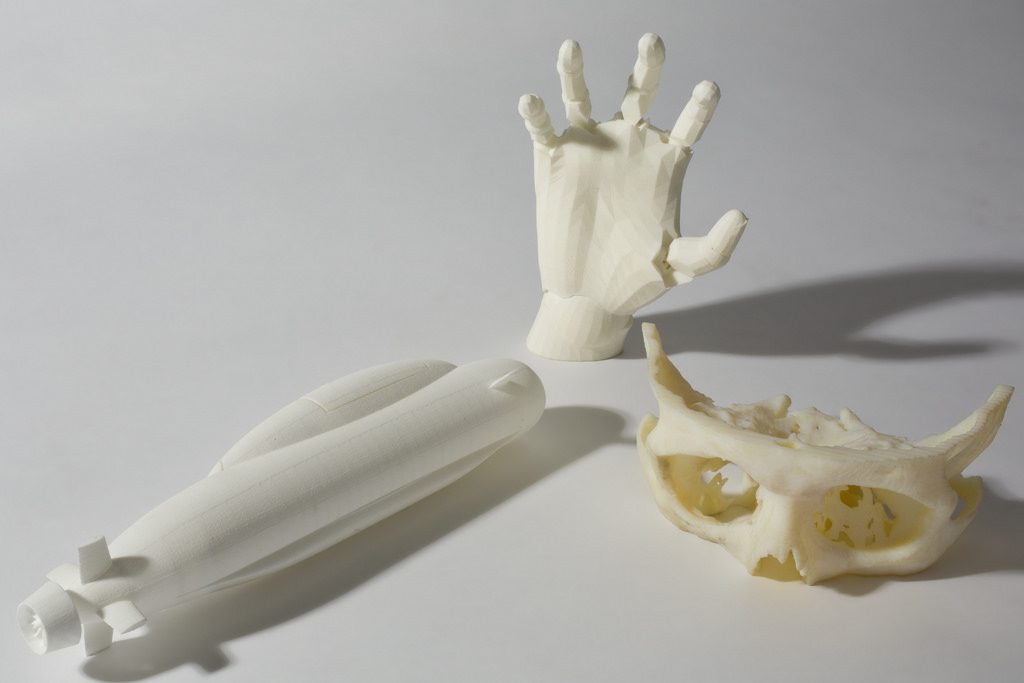Additive manufacturing: Reshaping 3D printing healthcare
May 31, 2017 | Wednesday | Views
Benefits of innovative technology hold great promise for medical science and could lead industry to greater heights
Anand Prakasam, Country Manager- EOS INDIA
As the manufacturing industry continues to expand, the creation of prototypes as a means to illustrate potential product design is slowly gaining prominence. Additive manufacturing is the technology that helps create physical copies of these designs to illustrate them better. Not only this, the evolution of this technology also allows for printing to move beyond prototypes and produce the final products too.
This form of manufacturing involves utilising 3D digital data to construct a component in the form of successive layers. The materials used in additive manufacturing can range from metal to plastic, providing the process with the flexibility required to be an essential component of the contemporary manufacturing space. Among the many spaces that this technology has come to influence, healthcare represents one of the top sectors of interest especially for its evolution from standardised equipment to components that are customised to patient-specific needs.
Medical procedures today have evolved to become highly specialised, leading to the need for equipment that can perform the same. In such a situation, the components used in these procedures become one-off, unique requirements that traditional modes of equipment manufacture may not be able to cater to due to the excessive cost of production for limited profits. Additive manufacturing fills this gap by providing the healthcare industry with customised surgical instruments and medical devices using faster, more flexible and more cost-effective development and production methods. Some of the areas where additive manufacturing has made the greatest strides are:
Dental Products
In the dental industry, the use of additive manufacturing to create copings and dental bridges is very common. Labs today scan the impressions taken from the patients. Based on this data, the copings can be manufactured using the appropriate metal to fit comfortably within the dental gaps created by missing teeth. This technology also allows for the accurate design and production of partial dentures as well, thereby eliminating any errors that may occur during the casting process due to irregularities in the moulds used. The digitisation of dental labs across the world is the biggest driver of this technology to be used effectively for all dental related concerns across the country.
Medical Devices
Many medical devices and laboratory equipment components are complex, high-quality niche products manufactured in small series. Traditional modes of manufacture, as stated before, have high production costs for these components due to their intricate nature and the tools necessary to replicate this. They also suffer from crucial time delays due to the effort required to produce these products rapidly to meet growing demands. Additive manufacturing, on the other hand, requires no tools and therefore enables cost-effective production of components in smaller series up to a batch size of one. These components can then be used in medical devices such as centrifuges, pacemakers and surgical devices to accelerate service times and help save lives through their maintenance protocols.
Orthopaedic Attachments and Implants
Moving beyond surgical equipment, additive manufacturing has also allowed for the creation of customised appendages that cater to certain requirements in terms of various medical departments such as orthopaedics. The appendages produced are modelled based on data obtained from MRI/CT data of the body, and is custom-made to maximise the level of tolerance by the body tissue and bring about a long-term improvement in the patient's quality of life. Creation of lattice structures for orthopaedic implants allow an implant to be lighter and have better bone and cell growth, thereby minimising the probability of a further operation and a protracted rehabilitation period.
In addition to this, additive manufacturing also customises disposable surgical equipment that fit each surgeon's specifications, enabling better implant placement as well as surgical navigation on the operating table. Despite customisation, higher productivity and lower unit costs can be achieved in production than with conventionally manufactured instruments. In this way, the surgeon is supplied with a tailored, high-quality product that meets the rigorous standards for medical applications.
Revolutionary Mechanism
As the field of medical applications continues to evolve, the demand for specialised products will only increase with time. The medical industry must look to the future in terms of optimising manufacturing processes of necessary components while also working towards customisation at an individual patient level. Additive manufacturing may possess the best potential to solve these issues but it must not be considered a ‘magic bullet' that can cut costs and increase productivity immediately. The process will remain a gradual one as regulatory restrictions and further research continues to be conducted. Despite these challenges, however, additive manufacturing holds great promise for healthcare today and will be called upon in the future to help lead the industry to greater heights.










